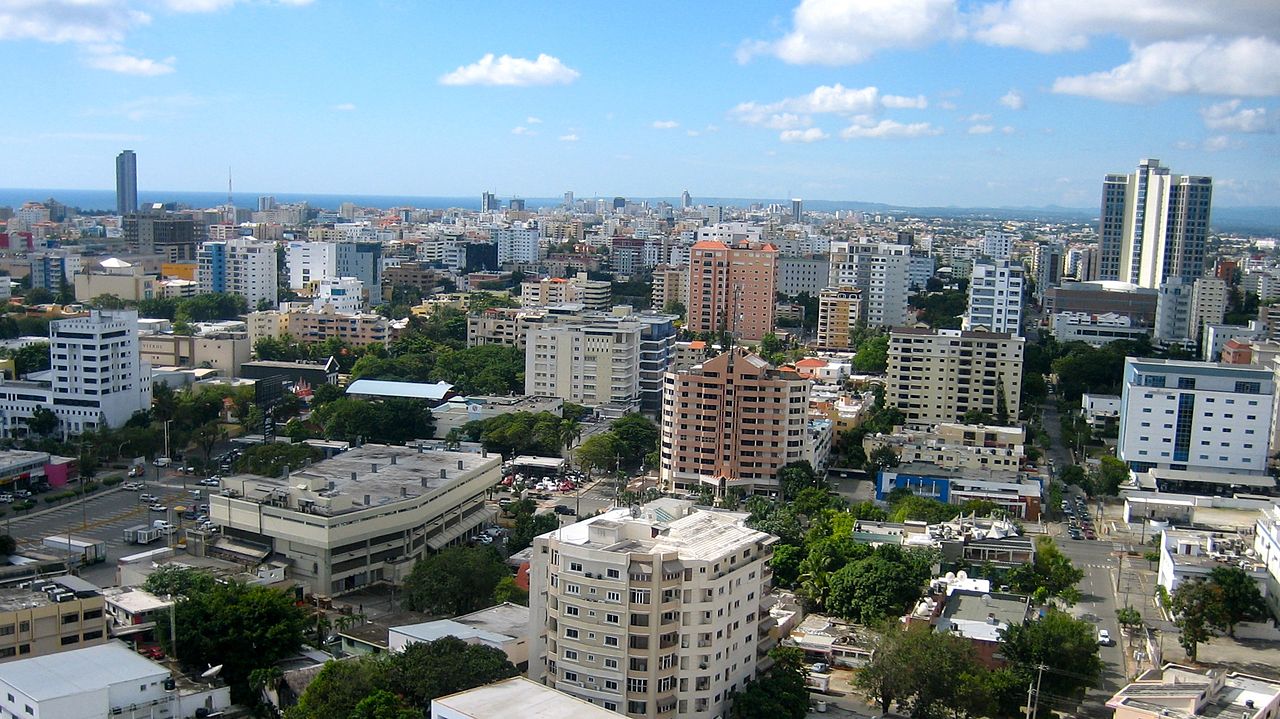Despite an international context characterized by stronger growth in the global economy, abundant international liquidity, high corporate returns and optimism in financial markets, the flows of foreign direct investment in Latin America and the Caribbean fell for the third year in a row in 2017.
The United Nations’ Economic Commission for Latin America and the Caribbean reported Thursday they dipped 3.6% from the previous year to $161.7 billion. The amount was 20% below the level reached in 2011, Caribbean360 reported.
The information is contained in the report, “Foreign Direct Investment in Latin America and the Caribbean 2018”, released by ECLAC. The commission therefore calls on governments to incentivize quality FDI that is compatible with sustainable development, above all to promote a change in countries’ productive structures that enables the fulfillment of the 2030 Agenda and its Sustainable Development Goals.
The report explains that in a medium-term analysis, the persistent fall in FDI since 2011 can be attributed to lower prices for basic export products, which have significantly reduced investment in extractive industries, and to the economic recession experienced in 2015 and 2016.
These two trends, however, were partially reverted in 2017 when the region resumed growth (1.3% of GDP) and the prices of oil and metals picked up. This uptick in prices raised the returns on investment after several years of declines, which also encouraged reinvestment of profits, albeit not enough to make up for the fall in FDI in the extractive industries, the report indicates.
Attracting Investments
While in 2016 the vast majority of countries in the region saw declines in their FDI inflows, in 2017 FDI rose in the majority of them. In the Caribbean, flows grew 20% to $5.8 billion, more than half (60%) of which went to the Dominican Republic. In these countries, increased investment in the area of tourism has been very significant, but flows to the natural resources sector have also grown in Jamaica and Guyana.
According to ECLAC’s FDI report, the main sources of foreign direct investment to the region in 2017 were the European Union and the United States, respectively.
Speaking at the press conference where the report was launched, ECLAC Executive Secretary Alicia Barcena said it is not simply about creating the conditions for foreign capital to enter, but also about “attracting investments that become sources of technological, productive and employment-related overflow, and that are oriented toward sustained, inclusive and sustainable economic growth”.
The report emphasizes that sectors such as renewable energies, telecommunications and automobile manufacturing are examples of how FDI can contribute to diversifying the productive structure, improving local capacities, creating quality employment and generating linkages with local and regional providers.
Meanwhile, FDI outflows from the region’s countries fell more sharply than inflows and totaled just $23.4 billion in 2017, 34% below what was notched in 2016 and less than half of what was seen in 2014.
Political Dust Settles
The political clouds are clearing, and one of Latin America’s biggest asset managers likes what he sees.
“Now that the round of elections in the region have finished, demand and confidence are increasing, and we’re expecting a stronger second half that will help us to reach a 7% return,” Ignacio Calle, chief executive officer of Medellin, Colombia-based Sura Asset Management SA, said, Bloomberg reported.
Sura sees the Latin American region as follows:
Colombia: Ivan Duque’s election as president will generate a boost as macroeconomic indicators were already improving. Companies will increase their capital and operational expenditures, generating higher employment and higher consumption, drawing cash from local and especially foreign investors. “We are avid to buy new bonds from the usual issuers and new issuers,” Calle said.
Chile: Investors see the Sebastian Pinera administration as a solid one. “Great macro indicators will be increased by the structural reforms his administration will send to congress soon,” Calle said.
Mexico: The market has already priced in the triumph of leftist presidential candidate Andres Manuel Lopez Obrador. The peso has depreciated enough and investors will return when they discover that AMLO, as he is known, will seek to bring in business as a partner for a stronger Mexico.
Peru: Sura is still waiting for congress to discusses structural reforms needed to give an additional boost to an economy that is “already in a good shape,” Calle said, calling the nation “one of the most relevant in our portfolio”.
Argentina: The agreement for a $50 billion credit line reached with the International Monetary Fund, along with MSCI Inc.’s decision to boost the country to emerging-market status for the first time in almost a decade, “will allow me as portfolio manager to have a greater exposure to Argentine assets,” Calle said.
Venezuela: The situation is very complex, Calle said, with inflation reaching unbearable levels. A massive flow of refugees to Colombia and other neighboring nations is generating a regional crisis. “I do not see a short-term solution,” Calle said.


